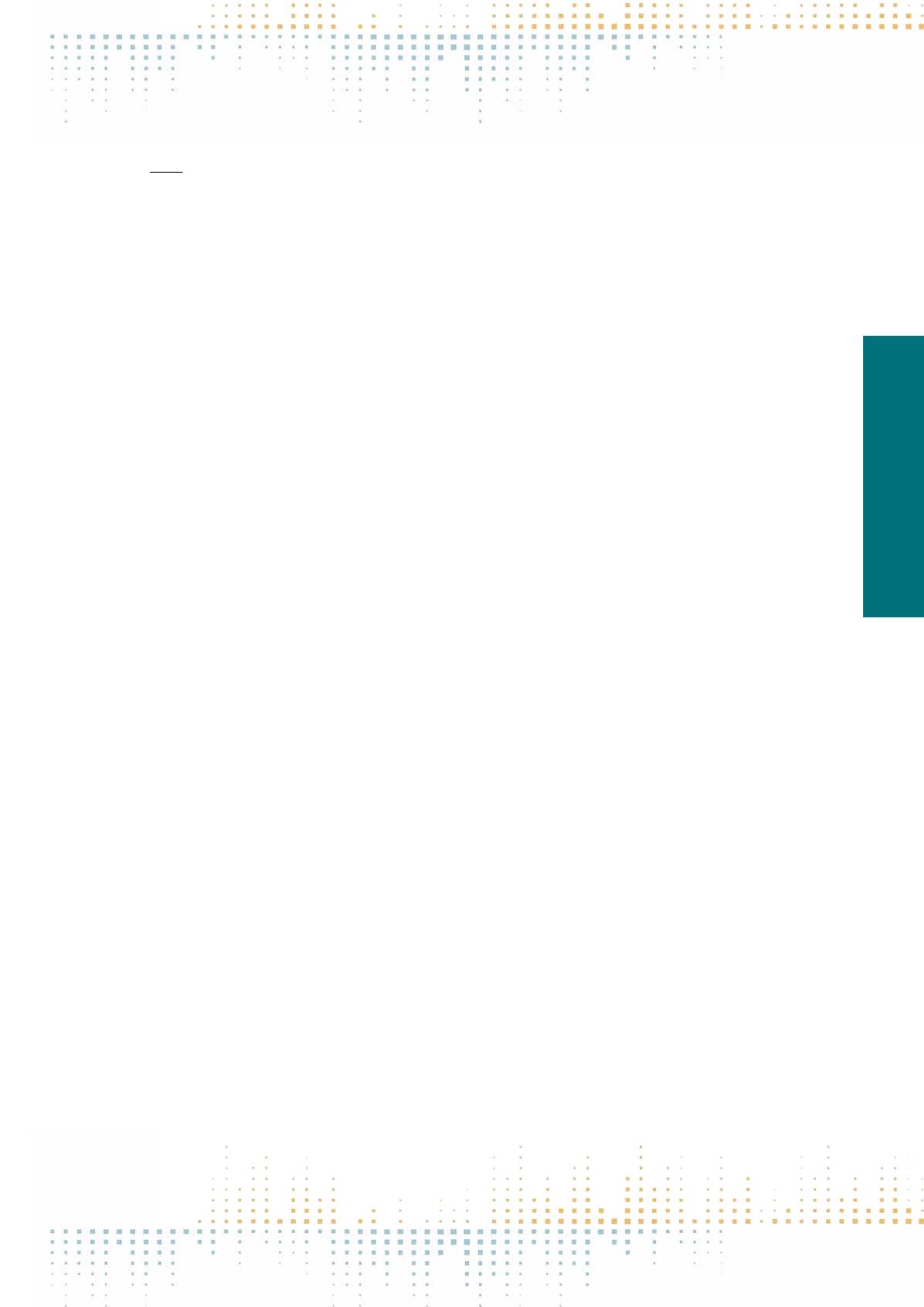

381
Friday, November 11
0 9 : 0 0 – 1 0 : 3 0
PP 291
What’s Wrong with Transparency? Some Reflections on User Perceptions of Digital Journalism Credibility
L. Nord
1
, M. Karlsson
2
, C. Clerwall
2
1
Mid Sweden University, Media and Communication, Sundsvall, Sweden
2
University of Karlstad, Karlstad, Sweden
Credibility is fundamental to news media, but in recent years many practitioners and researchers have proposed that a new norm, transparency, is changing
the way journalism could and should build credibility. However, few studies have so far examined if different forms of transparency have uniform, if any,
effect on user perceptions of credibility.This paper reflects on the results of several studies conducted in order to analyse user perceptions on different trans‑
parency techniques in digital journalism in Sweden.This is of general interest for journalism studies as there is a systematic shift in media consumption from
traditional media to digital media platforms. The results derive from a research project using different scientific methods, such as web surveys, focus groups
and experimental settings. The overall results of these studies illustrate that very few significant effects of transparency on user perceptions of journalistic
credibility could be confirmed, that people were still somewhat traditional in their attitudes and expected media to verify information before it got pub‑
lished, and that users were in general skeptical about user contributions in news media and got more skeptical the further involved in the news process they
were. This overall, very low, appeal for transparency techniques among the public is a stark contrast to the positive image of the concept usually expressed
by media professionals, media scholars and social media activists. This paper focuses on this gap of transparency perceptions among different actors, and
intends to explore some possible explanations for the rather lukewarm user attitudes towards this topic. The paper covers a wide range of areas, including
methodological considerations when investigating audience perceptions on journalism, as well as critical reflections on the specific Swedish case, in terms
of media system, media usage patterns and media trust. Trust building processes on different levels (such as trust in journalists, trust in media organiza‑
tions/brands and trust in media channels/types) are also addressed in order to facilitate and understand the nature and origin of public perceptions in this
aspect. For example, trust in media institutions may basically be the result of long-time recognition of quality journalism and relevant news reporting, thus
not affected by single corrections or exposure of user generated content. Additionally, different stakeholders’possible interests, rationales and reasons for
level of engagement with regard to transparency in digital journalism are considered. Finally, the paper outlines some consistent findings from the Swedish
research project – such as a general appreciation for corrections and hyperlinks while user involvement (e.g. comments) shows negative effects – that may
function as analytical points of departure for further comparative studies of transparency and credibility-relations in other media system contexts.



















